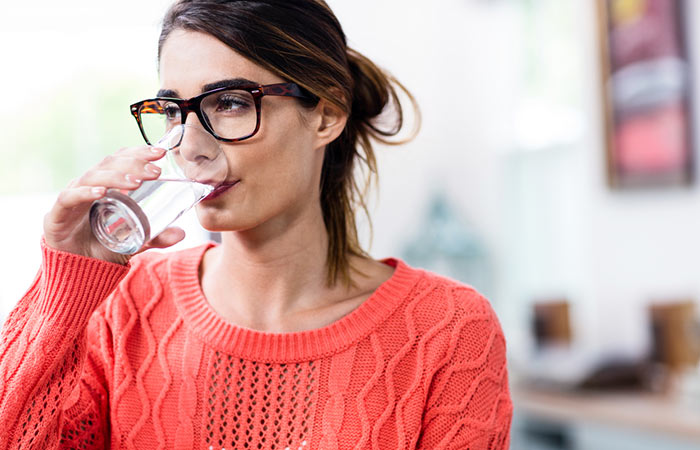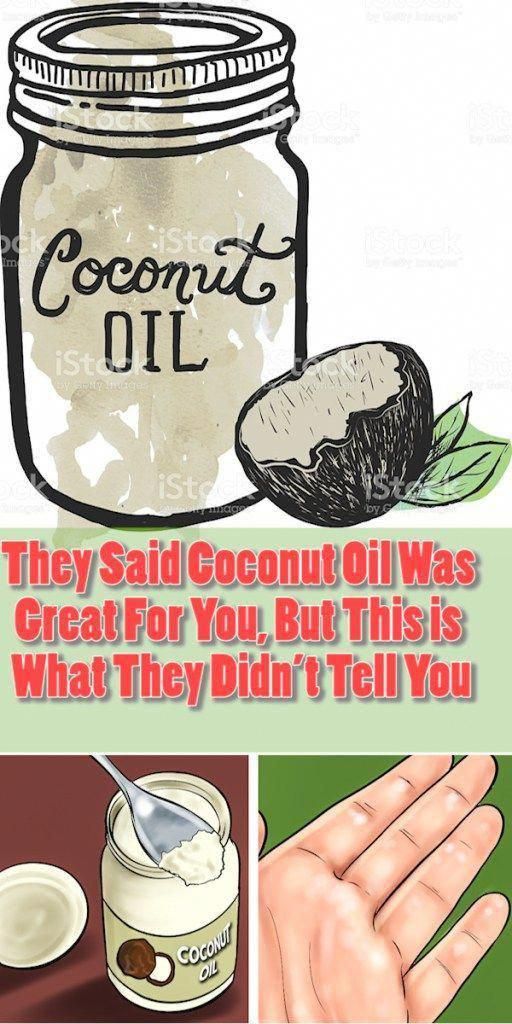Acne Face Map: What Is Your Acne Trying To Tell You?
Acne Face Map: What Is Your Acne Trying To Tell You?
What causes breakouts on a particular spot on your face?
Acne on your face is more than just clogged pores, hormones, and bacteria. The location of the breakout indicates a lot about your overall health and how certain lifestyle factors are affecting you.
And you always wondered how the doctors could tell almost everything about your health just by looking at your face! Dermatologists often refer to the acne face map to identify what’s causing the breakouts. So, what is acne face mapping? Read on to get a detailed breakdown of the acne face map.
Acne Face Mapping: A Quick Tour
This is an ancient concept practiced widely in Chinese and Ayurvedic medicine. In those days, the scholars used this face map to diagnose various internal issues by observing certain traits on different areas of your face. However, at that time, this was done only by clinical experience. The scholars and doctors in ancient times had no other way to diagnose other than the symptoms or by touching and asking questions.
But now, as medical science has advanced, doctors follow a face map that is based on scientific evidence for proper and thorough diagnosis.
If you have recurring acne on certain parts of your face, here is what it means.
Acne Face Map: What’s The Actual Cause Behind Your Acne?
1. Acne On Your Forehead And Your Nose (The T-Zone)

Recurring acne in the T-zone (forehead and nose area) is mainly caused due to excessive sebum or oil production and stress. Although stress and oil production are not related, stress can definitely worsen your acne. A study also confirmed the same (1). This survey on 215 medical students found that about 67% of them had acne that was triggered by stress.
Even in adult females, stress plays a crucial role in aggravating acne (2). How it does so is still unclear.
Acne on your forehead may be due to a number of issues, such as poor diet and pore-clogging chemicals present in hair products.
Avoid touching your forehead frequently. Unclean hands and fingers spread dirt directly to your skin, which clogs the pores and causes acne (2).
2. Acne On Your Hairline
Some hair care products contain pomades (a greasy and water-based chemical). Your shampoo, hairspray, hair serum – anything may contain pomade. When you apply pomade on your scalp, it often irritates the skin on your forehead, especially the part close to your hairline. This type of acne is called pomade acne. When you see that you have recurring acne near your hairline, understand that something’s wrong with your hair care product(s).
The best way to avoid it is to stop using that product or change the product immediately. Use shampoos and products that are non-comedogenic (that don’t clog your skin pores).
3. Acne On The Eyebrow Area
If you have acne on your eyebrows, it is caused by an irritated hair follicle (caused by eyebrow or face makeup or hair care products). If you use brow styling products, make sure they are non-comedogenic, and you clean the applicator frequently. Ingrown hair caused by shaving, threading, and plucking eyebrows can also cause acne.
What you eat reflects on your skin. Although researchers are not clear about how diet affects acne, evidence proves that it does affect your breakouts (3). A diet high in processed foods, alcohol, and fat can be one reason for acne. Improper water intake and issues with your gallbladder can be other factors.
4. Acne On Your Cheeks
From dirty pillowcases and makeup brushes to your cellphones, and stress, there are a lot of reasons for the recurring acne on your cheeks. While talking, the majority of us hold the phone to our ears, with the screen touching our cheeks. A study found that most mobile phone screen surfaces are contaminated with germs and bacteria. And this is the easiest way for the bacteria to reach your skin (4).
Another study conducted by the London School of Hygiene & Tropical Medicine and Queen Mary, University of London found fecal traces on phone screens (5).
Hence, maintaining basic hygiene is very important.
5. Acne On Your Jawline And Chin
Your hormones mostly regulate chin and jawline acne. A study says that hormonal acne is mainly concentrated in the lower third of the face, i.e., your chin and jawline (6).
In other words, acne on this part of your face is related to your endocrine system that regulates hormone production. Usually, when your body has excess androgen, your oil glands become overactive. Also, the hormone production increases during your menstrual cycle and when you are on progestin-only birth control medication.
Your hormones are also affected by your diet. Research reveals that your hormone levels fluctuate on the basis of your diet. So, if you are following a high-carb diet containing lots of dairy products, your hormone levels will go up (7).
Check your diet if you have frequent breakouts in this particular area.
6. Acne On Your Ears
You can get acne on your ears due to certain reasons like:
Once you identify your acne pattern, you can work on it. Although you can’t do much about hormonal acne, there are ways to reduce the severity of acne.
Tips To Prevent Acne: Things You Should Keep In Mind
Keep your face clean and avoid touching it often, especially with unclean hands. Also, do not use soap and harsh face washes to wash your face.













Commentaires
Enregistrer un commentaire